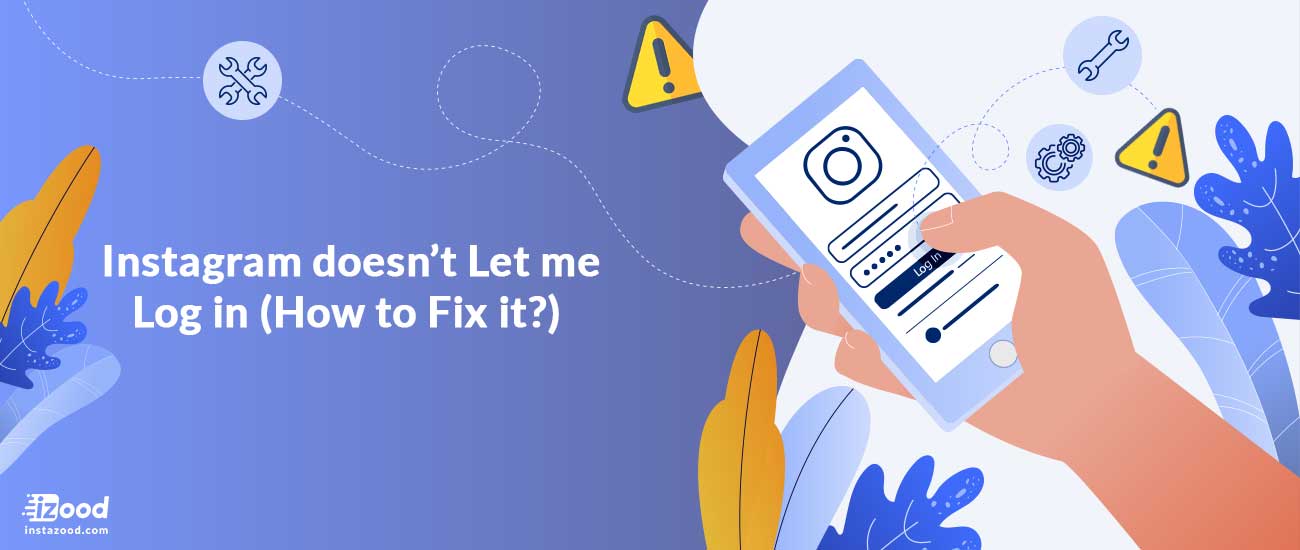Keep is a boosted network for putting away and scrambling private information on the public blockchain. The organization is made of off-chain holders for private information known as keeps, while the KEEP work token empowers it to be totally permissionless. Keep takes care of the fundamental issue keeping down blockchain reception: that information on open blockchains are public. With Keep, engineers can finally form completely decentralized applications. Visit Keep to find out more and stake, and tBTC to see its power in real life.
You can also read: STP: A Decentralized Toolkit For DAOs
What is Keep Network (KEEP)?
The Keep Network is a product meaning to boost a worldwide organization of PCs to store private data that can be conveyed on open blockchains through smart contracts. Many decentralized applications (dApps) running on open blockchains, such as Ethereum, require the utilization of private information, (for example, well-being records, FICO ratings, and monetary data) to work.

To safeguard individual clients’ security, the Keep Network empowers private information to be put away outside the blockchain in “keeps”, which are holders that permit smart contracts to oversee and utilize bits of the putaway information without presenting it to the public blockchain. To work a keep, hubs should stake KEEP tokens, Keep Network’s local digital money, to be chosen by the Keep Network. These hubs are granted KEEP for effectively keeping up with keeps.
The primary application based on the Keep Network is tBTC, which fills in as an extension between Bitcoin and Ethereum. Bitcoin holders store their BTC assets to a brilliant agreement and get tBTC, an Ethereum badge of comparable BTC esteem, used to get to different dapps on the Ethereum blockchain.
How Does the Keep Network (KEEP) Work?
Keep Network’s key component is its capacity to store private information, called privileged insights, outside the blockchain frameworks in keeps.
Keeps permit blockchain-based applications to connect with mysteries without completely uncovering their substance using smart contracts, who, when a particular model is met, can give information, scrambled records or confirmation of a client’s personality to the application.
Computers, or hubs, who keep up with keeps are known as keep suppliers and are appointed parts of a mystery utilizing the arbitrary reference point convention, a high-level cryptography procedure for trustless randomization.
At the point when a client wishes to buy a keep, they distribute a solicitation to the Keep Network, who, thusly, partitions and blends their privileged insights, sends portions of them to various keep suppliers, and returns keys to the clients to get to the substance of their keeps when required.
Keep suppliers should stake a specific measure of KEEP that can be recovered by the convention would it be advisable for them they be problematic or careless with the keeps. Nonetheless, suppliers boosted through KEEP compensations for their administrations, including giving encryption, calculation and capacity administrations.
A unique aspect of KEEP
Concerning dApps and DeFi projects, the group should not have the keys. The Keep Network highlights off-chain compartments for private information called keeps that give smart contracts profound intuitiveness with private information without compromising straightforwardness or auditability.
tBTC, the principal application based on the Keep Network, is control-safe since it utilizes keeps to store information. Each TBTC token is completely upheld and matched by somewhere around 1 BTC held available for later. tBTC is trustless, utilizing Keep’s irregular reference point to choose “endorsers” who are reinforced in ETH and have liability regarding the saved BTC. This implies you can change TBTC over to BTC, as well as the other way around, at whatever point you need, with no mediator expected to close down.
The History behind KEEP
Keep Network was established in 2017 by Matt Luongo and Corbin Pon, who both recently begun Fold, a bitcoin shopping application. While dealing with Fold, the two observed there was a requirement for better protection tooling for Ethereum. Accordingly, Matt and Corbin set off to construct another information layer that permits blockchain-based applications to store and access private data.
The Keep Network highlights off-chain holders for private information called keeps that permit smart contracts to connect with this information while intending to keep up with straightforwardness and exchange auditability. Keeps scramble hidden information and keep it safeguarded through multi-party calculation (sMPC).
The organization comprises of hub administrators called underwriters that stake KEEP tokens to store and oversee private information in return for an assistance charge. The token and marking component deter Sybil assaults as well as exploitative way of behaving (malignant demonstrations can prompt endorser losing a piece of their stake). Endorsers are chosen aimlessly to store a given information accommodation through Keep’s center application, the Random Beacon. In general, the Keep framework means to guarantee underwriters cannot co-select and take advantage of the framework or interpret the private information put away in the convention.
The primary use case for Keep is the tBTC application. tBTC fills in as a trust-limited span between the Bitcoin and Ethereum blockchains. Keep Network endorsers work with the trade and capacity undertakings of trading BTC for Ethereum-viable tBTC tokens so BTC holders can get to Ethereum’s decentralized money (DeFi) area. tBTC sent off on the Ethereum and Bitcoin mainnets in May 2020. Be that as it may, a weakness found in the code a couple of day post-send off drove tBTC’s improvement group, Thesis, to stop client stores. After a few rounds of safety reviews and retesting the application on a public testnet, the group relaunched tBTC in Sep. 2020.
FAQs
What is the future of KEEP?
The cost of KEEP is at $0.61 at the hour of composing, 14 March, recommending that financial backers who have faith in the key worth behind the undertaking enjoy been taking benefit of a “purchase the plunge” opportunity. Be that as it may, in its KEEP crypto cost expectation, calculation based estimating administrations Wallet Investor expected a cost of $0.91 this time one year from now ascending to $2 in 2027 while DigitalCoin’s KEEP prce forecast proposed it could hit $0.79 in 2022, ascending to $1.21 in 2025 and move up to $2.79 by 2030.
Is buying KEEP a wise investment?
Keep Network is resolving the issue of decentralized stockpiling of private information in open blockchains. Assuming you have faith in its standard reception, you might possibly watch it closer as a venture. Kindly lead your own exploration prior to settling on any speculation choice. Mind that the digital money is as of now exchanging at a general low of $0.61 and, notwithstanding a few pinnacles and box, for certain indications of pattern inversion (as of 14March 2022). Calculation based determining devices share blended forecasts on the KEEP token’s future, going from negative to moderately bullish.





